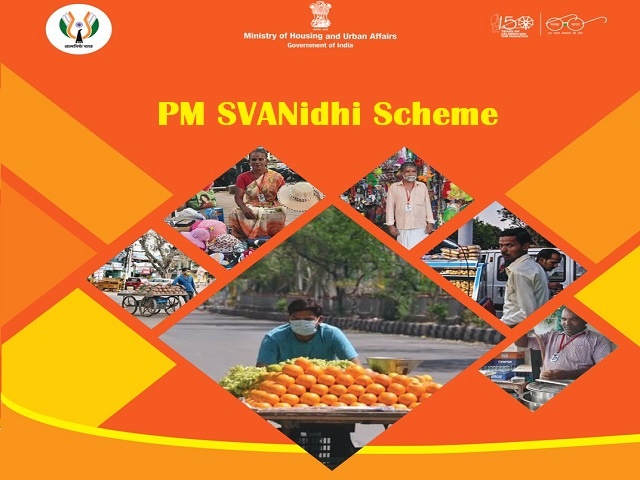When it comes to the PM Svanidhi initiative, Uttar Pradesh is at the top of the list, with almost 28 percent of the beneficiaries hailing from the state
PM Narendra Modi praised Chief Minister Yogi Adityanath’s efforts at the inauguration of the Urban India Conclave, saying that thanks to Yogi’s efforts, Uttar Pradesh was first in the country in implementing the PM Svanidhi Yojana, which provided support to the poor during the coronavirus pandemic. “Three cities throughout the country have done an outstanding job with this project. Lucknow and Kanpur Nagar, both in Uttar Pradesh, are among them. More than seven lakh street sellers in Uttar Pradesh have benefited directly from the scheme, which is a significant achievement,” Modi said, adding that work was on to connect street vendors and handcart drivers.
According to the prime minister, street vendors across the country suffered the most during the lockdown. He claimed that their business was on the verge of closing, and that restarting it was no less difficult. In such a situation, he added, the Central government’s PM Svanidhi Yojana proved a major help to street vendors. Under this plan, street sellers were given loans of up to Rs 10,000 so that they could resume their job. The loan application process was made as simple as possible, and the loan was made available without any guarantees.
According to the data, 45.70 lakh applications were received and 24.73 lakh loans were disbursed. With 11.63 lakh applications, Uttar Pradesh came out on top, with 6.93 lakh people receiving loans. For the state of Uttar Pradesh, the disbursement target is 8.30 lakh beneficiaries. Madhya Pradesh is in second place, with 5.64 lakh loan applicants and 3.57 lakh loan recipients. The borrowing ceiling under the scheme was recently increased by the urban affairs ministry. Beneficiaries can acquire an improved working capital loan of up to Rs 20,000 and Rs 50,000 in the second and third tranches upon prepayment or repayment. On timely repayment of instalments, the ministry pays a 7% interest subsidy on a quarterly basis. The beneficiary is responsible for any interest accrued over and above the subsidy.





























